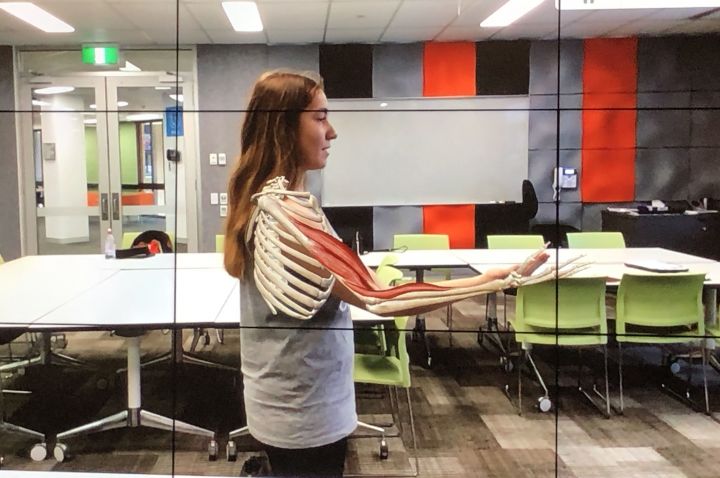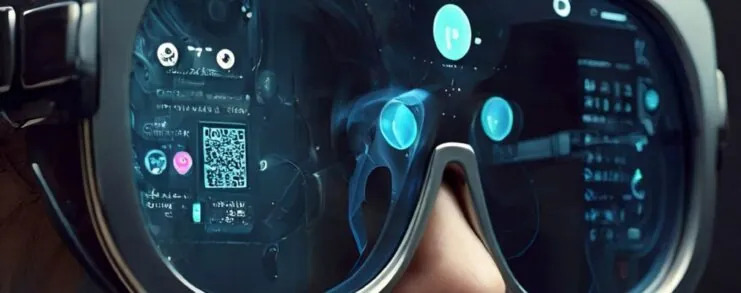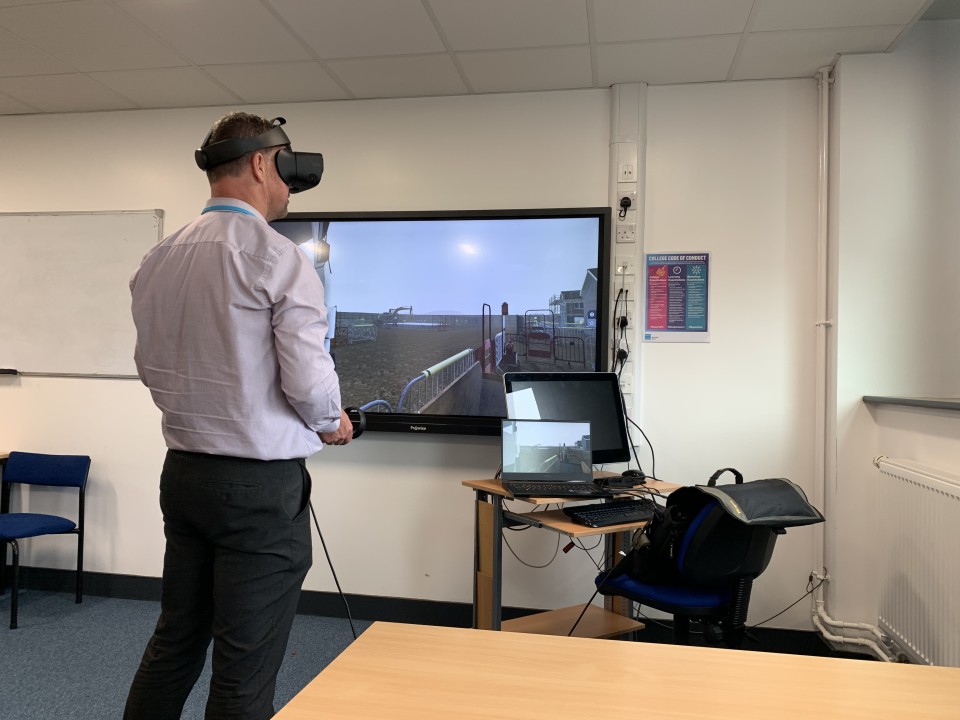Digital Engagement Expert, Mark Christianson, gives insights into some core insights for deploying XR hardware at scale
Bringing XR into the workplace is a challenge in itself. However, once a firm has a collection of devices, what next?
How does a firm big or small, not only leverage XR devices in the office but also secure engagement, scalability, and distribution success?
There are various considerations enterprise end users of XR must have to secure immersive integration success.
To help understand some of these considerations, XR Today recently chatted with Mark Christianson, a Digital Engagement Expert who has a storied history of championing XR at Mars Inc. going back to 2017 – when the industry looked very, very different.
Remote Office Engagement
Following COVID and the remote working boom, the world started questioning what happens at the office, Mark notes.
The key argument behind the physical office is its role in providing an engagement space that naturally promotes collaboration, efficacy, and project success.
Mark believes engagement is the heart of XR, creating a shared space between the physical and virtual office.
Christianson added:
The office needs to evolve into an engagement space. That’s where you primarily get face-to-face with a lot of people, but there are a lot of opportunities where you don’t get face-to-face. I worked with team members who were in China and Russia, so you just weren’t able to do that. This is an opportunity where XR could be checked out by the local IT teams.
Making Immersion Part of the Engagement
Part of Christianson’s role at Mars Inc and with Digital Workplace was to reduce travel – in a pre-COVID environment – and maintain engagement. “[When] everyone was outside of the office, it was hard until we made it easy,” Mark added.
Hybrid working, with or without XR, can create a number of hurdles. While XR doesn’t solve issues relating to securing engaging remote meetings, it can assist in that effort.
Moreover, gaining the necessary work time to pull off an engaging, immersive meeting is at the core of any project manager’s XR success.
Organising the time to work with a headset ahead of a conference to optimise a meeting workflow could significantly enhance the effectiveness of introducing immersive XR into a meeting procedure – “have effective meetings where the immersion isn’t just a novelty, it’s part of the engagement,” said Mark.
Scalability Considerations
Christianson approached scalability concerns when Mars underwent a project with its learning management systems team. Together they provided solutions to ensure global headset distribution success.
Mark explained that his firm could not assign device licenses to individual users when distributing XR kits on an international scale.
Instead, the approach Mark took licensed headsets for up to 250 workers that float with a device and managers can also reauthorise device licenses for new users.
Moreover, determining which headset brand works best for a use case or region is a significant part of the XR puzzle.
Christianson also added:
We had to say, how do they [a workforce] get those devices, and who owns those? The challenge as a global corporation was “this device doesn’t work in a particular region.” So in China, we may have to deploy the Pico Neo, the Middle East we may have to go this way, whereas in the North American market, it might be Oculus [Meta].
Centralised Distribution
To control and understand headset distribution, local physical hubs are a great way to manage devices.
For example, during Mark’s time at Mars, his team put headsets at a local IT hub, whereby experts would manage, clean, and maintain positive control of XR headsets for improved distribution.
Mark explained:
They box them up, throw a return label in there, and ship them off. The learner would get it. Use it. Slap the label back on and send it back in. This created a situation where you could start to see where you could leverage the same headset over and over, and that increases your ROI potential plus all the analytics that go into understanding [device usage] from that IT group.
Moreover, Chrtisianson noted that IT hubs could assist in providing useful metrics such as turn time and downtime.
Interdepartmental Collaboration
Mark also explained that the metrics could provide interdepartmental XR promotion and adoption for IT teams.
If an IT team knows that two departments are requesting XR devices for similar use cases, such as training, they can direct efforts and grow a use case between interdepartmental efforts.
Moreover, solid interdepartmental collaboration can help decision-makers recognise XR’s opportunities. If “leadership is really on it,” then XR champions can more easily increase headset numbers so device adoption can “grow organically globally,” Mark noted.
To learn more, please watch the first part of XR Today’s interview with Mark Christianson on creating a discussion around XR in the workplace.
Quelle:



